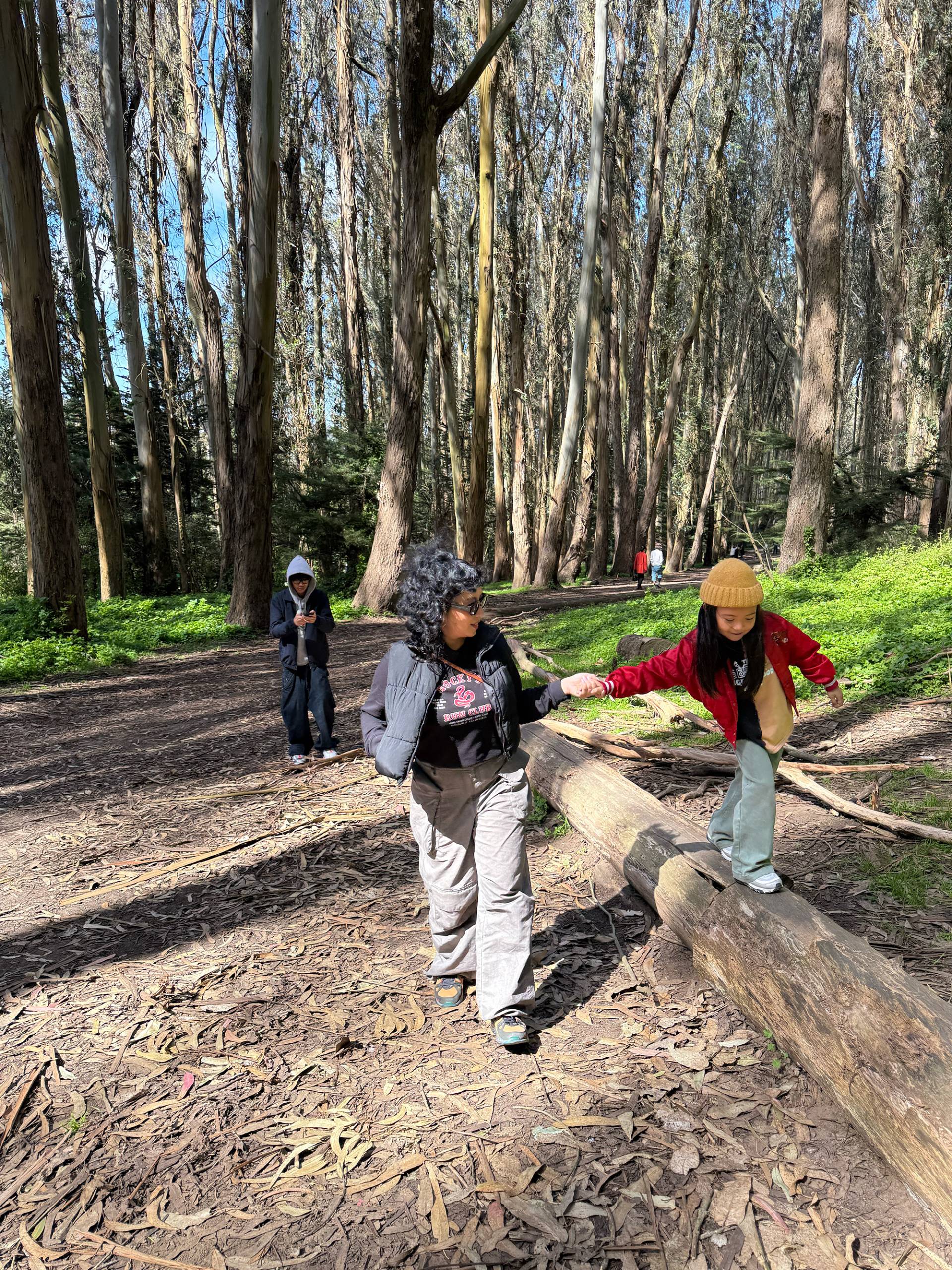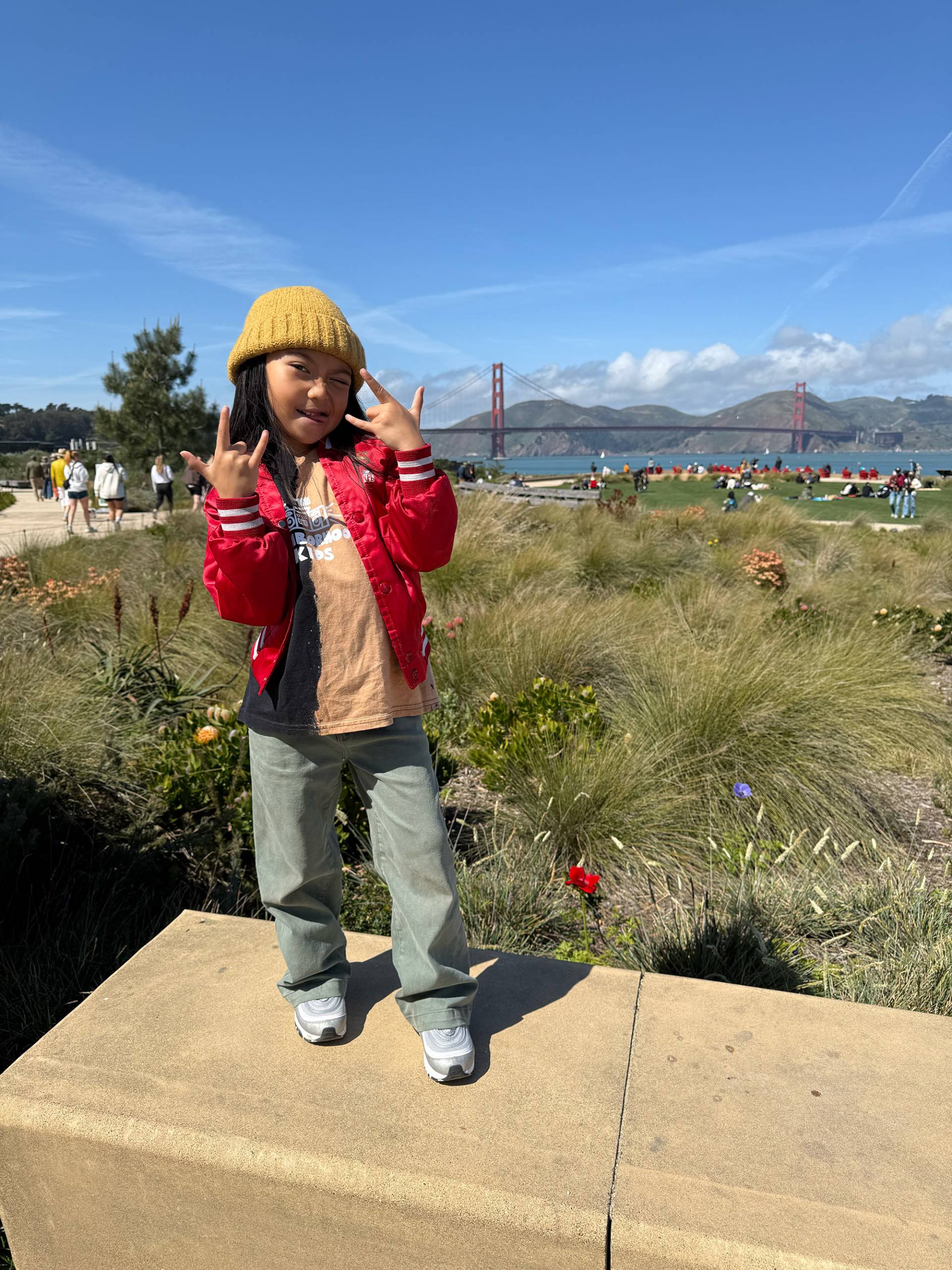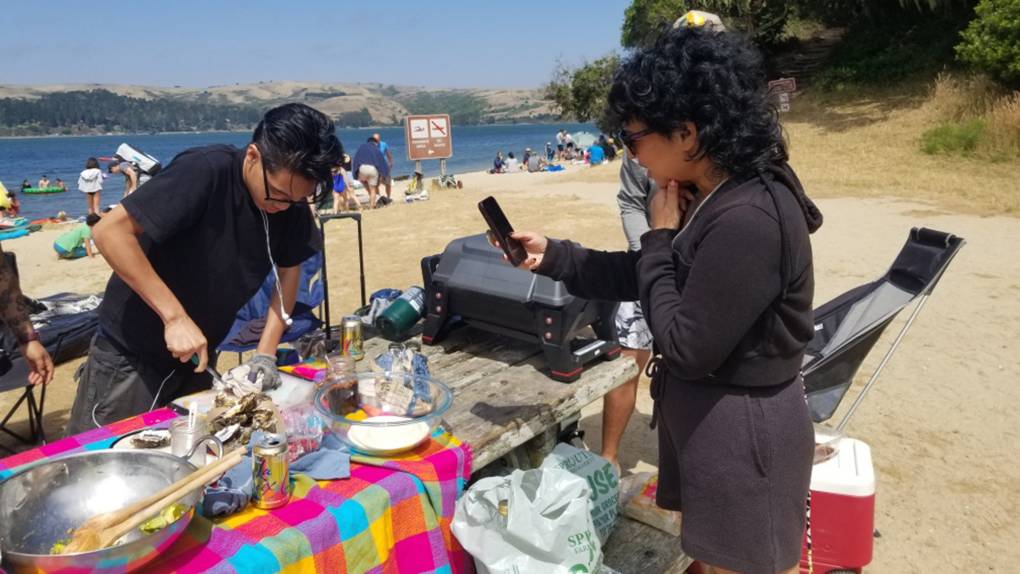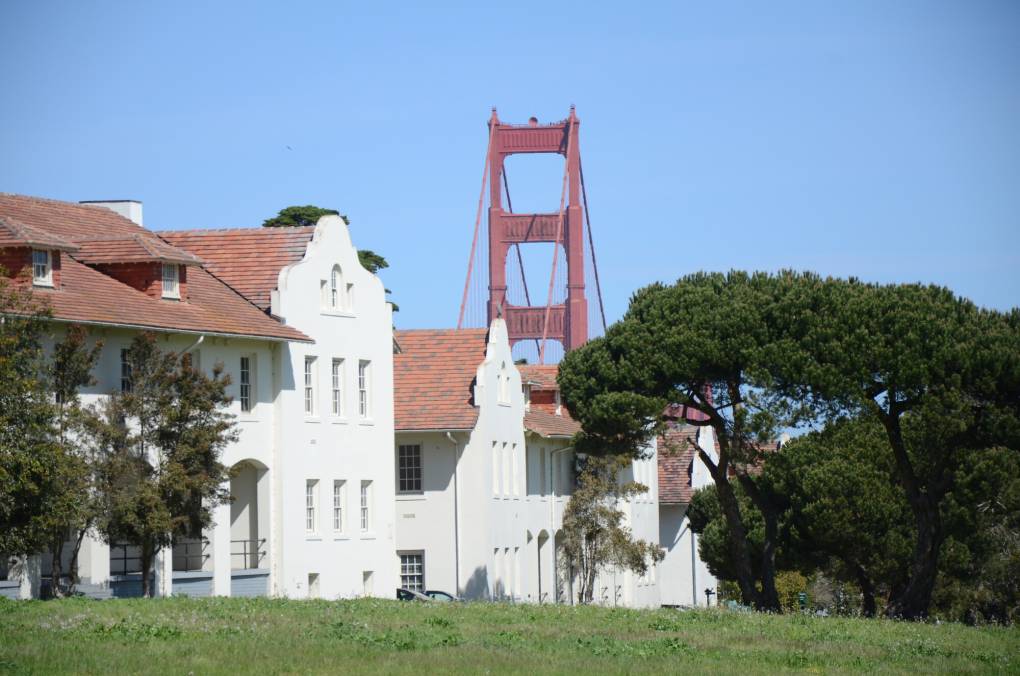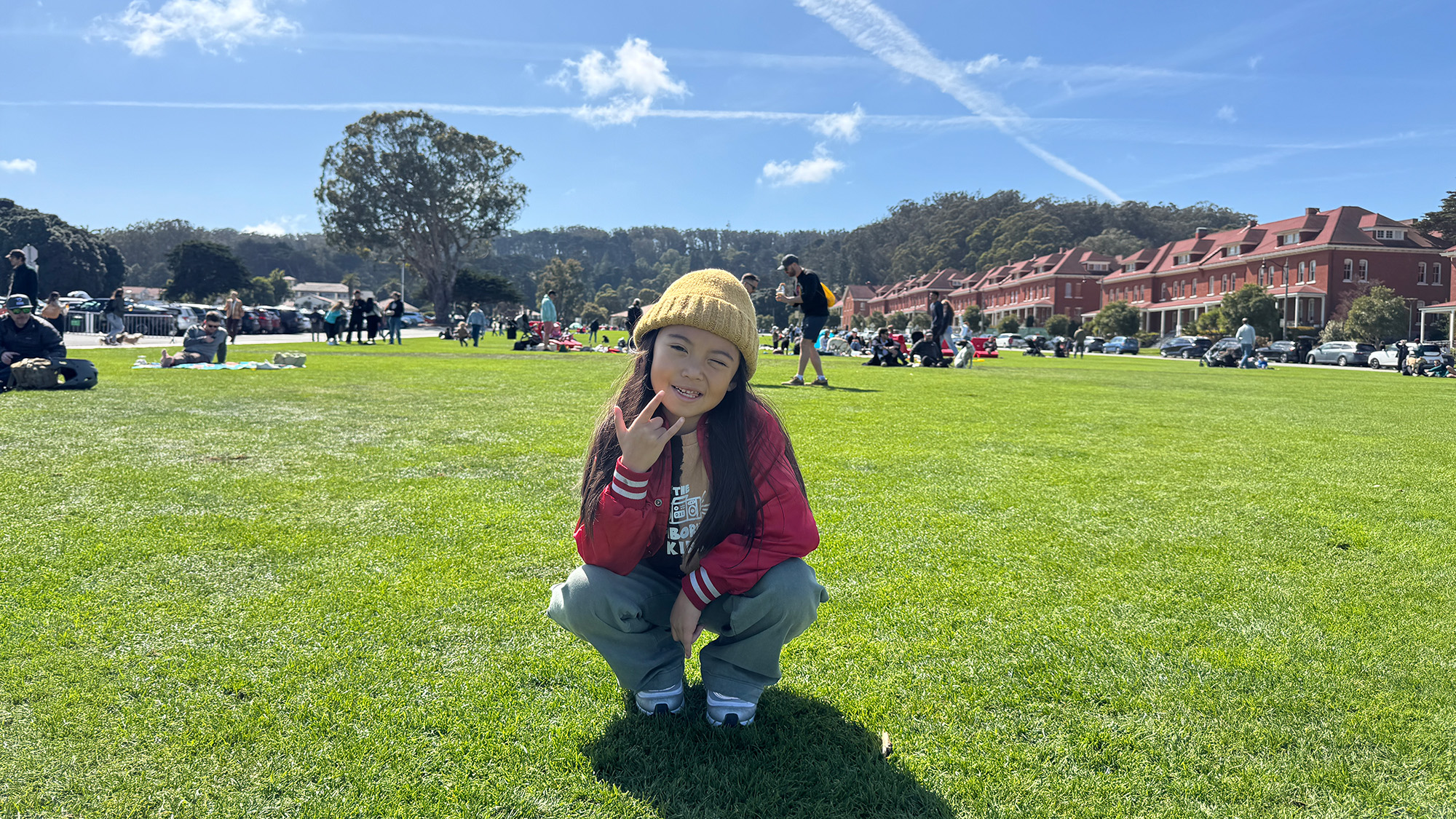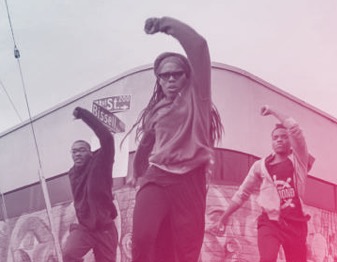
Frisco Foodies is a recurring column in which a San Francisco local shares food memories of growing up in a now rapidly changing city.
A
s a proud millennial, there are certain foods that are intimately connected to my memories of childhood: pizza-flavored tortilla chips, sparkling fruit juices bottled like wine coolers, and Crystal Pepsi. So when I dip a salty French fry into buttermilk ranch, I’m immediately brought back to Sunday swim lessons with my sisters at the Presidio. Afterwards, our dad would take us to what must have been the most beautiful Burger King in the world, on Doyle Drive, for what became our weekly fries-and-ranch tradition. To me, the combination was a revelation: the saltiness of the fries offset by that buttermilk tang — all while I looked through the arched windows facing the foggy Golden Gate Bridge. (In those days, the fog was ever-present, ruining summer birthday picnics and July fireworks plans.)
Other times, we would spend the whole day out on the Presidio, which was still an active military base at the time. We’d drive from our home on Treasure Island across the Bay Bridge, through Broadway where I would peek through my hands at the fluorescent strip club signs, past the Palace of Fine Arts where we occasionally fed the ducks, past the Exploratorium, and through the security gates onto the base. After stopping to eat at that same Burger King, we would backtrack to pick my mom up from her job at the Letterman Army Hospital. Then we’d all go off to explore the bluffs overlooking the ocean together.
All of these memories gave me a special affinity for this northwestern portion of San Francisco. I was alarmed, then, when in February the incoming Trump administration announced plans to slash “unnecessary” government spending by all but eliminating the Presidio Trust, the federal agency that has managed most of the park since 1996. When the military handed the park over to the National Park Service, the Trust set up a unique revenue model that allowed the Presidio to achieve financial independence by renting out its historic buildings — a model of federal and community partnership meant to protect the park against threats like this. In fact, the Presidio hasn’t received any funding from Congress since 2013. Still, Presidio supporters can’t help but worry what Trump’s executive order might mean for the future of the park.
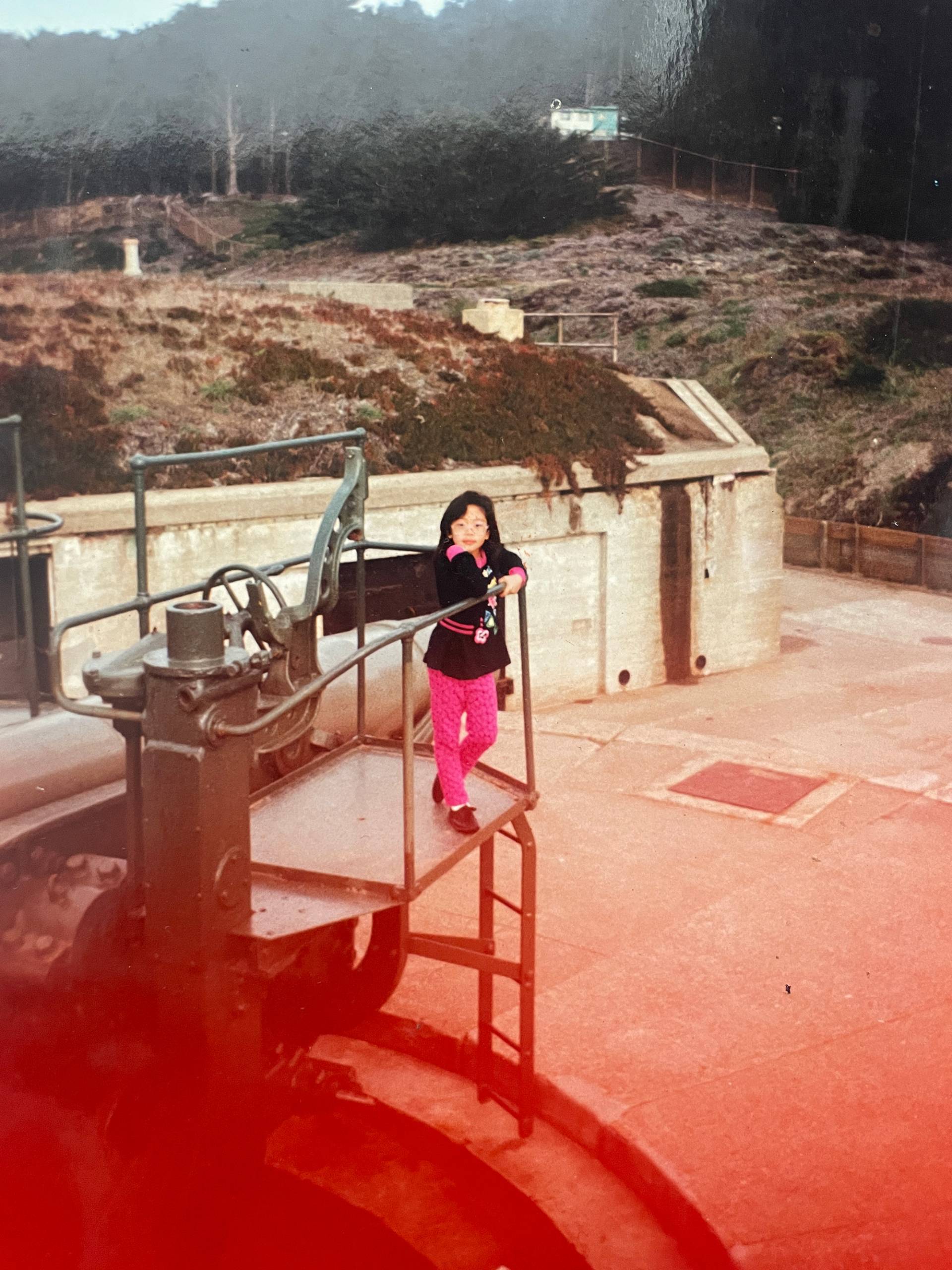
What I didn’t realize when I was a kid was that it’s only in the last 30 years, since the handover, that the Presidio has been widely accessible to the general public. Back when I used to visit with my family, I was part of a special minority of City kids who got to experience the entire park for free, thanks to my dad’s service in the U.S. Navy. And according to Presidio’s own internal visitor data, as recently as 2008 the park was mostly frequented by high-income residents from the five closest zip codes in San Francisco, and only 5% were “first-time” visitors. Back then, the park’s visitor numbers fell far short of reflecting the Bay Area’s racial diversity, with a disproportionately low percentage of Black and brown visitors. The truth is, for a long time, only a privileged few were lucky enough to spend time in the Presidio — or even knew it existed at all.
